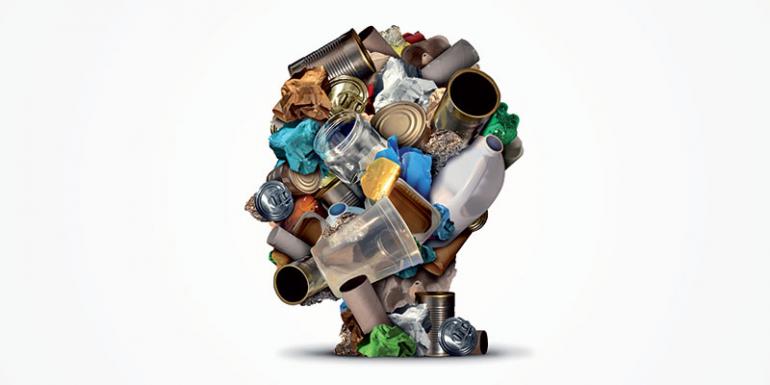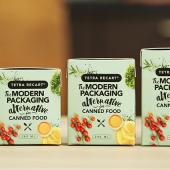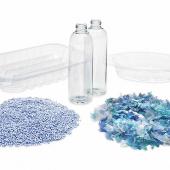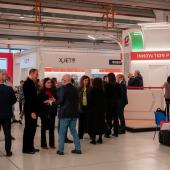Packaging and ecological transition

Packaging and ecological transition
By Stefano Lavorini
At the beginning of May, the data relating to the IX and X reports on segregated collection and recycling, produced by ANCI* as part of the ANCI-CONAI** framework agreement, was presented.
During the streamed press conference, Roberto Cingolani, Italian Minister of Ecological Transition, Enzo Bianco, president of the Anci National Council, Carlo Salvemini, Anci Energy and Waste delegate, and Luca Ruini president of Conai took the floor.
*Anci - Associazione Nazionale Comuni Italiani
**Conai - Consorzio Nazionale Imballaggi
On the whole, the overall picture appears encouraging, not only because in Italy the percentage of segregated collections continues to grow (in 2019 it reached 61.69%), which makes Italy one of the best in Europe, but also because we can finally hope for greater concerted initiatives between local administrations, central government and private entities.
This is extremely necessary, since, while some supply chains have already surpassed the reuse and recycling targets set for 2030, much remains to be done to reduce the gap that still exists between the various areas of the country.
In this regard, Cingolani stressed that: «The birth of the Ministry of Ecological Transition is part of that path of construction that sees our new government committed to the implementation of a new strategic vision of environmental policies.
With this in mind, we are working to reduce the gap that still exists between different areas of the country and ensure a fair and inclusive transition. What we need is the availability of increasingly smart services, which allow the sharing of information, the creation of a network at the service of institutions and citizens to develop and acquire full awareness that their habits affect our way of life».
Using a colloquial but precise tone, the Minister was however explicit in recalling the need to defend the Italian model at European level, basically because it works, and because we can be allowed to have the ambition to be among the leading nations in the environmental field, that of quality of life and sustainable industry.
In order to progress in the intent to create a new social model, he added, we need a formidable public/private agreement, but also a strong commitment in the educational field, starting from elementary school.
The commitment of the government is there, and not only in this direction, said Cingolani, who did not gloss over the "plastic problem", stigmatizing the confusion that still exists in many areas on what is compostable, biodegradable, of vegetable origin, recyclable ... and on what material is better than another.
«As a scientist - he says - I have worked for many years in the field of polymer technology and I am particularly sensitive to the issue…» to then add that although performance in terms of plastic recycling may seem unsatisfactory, the 2019 quota of 45.5% compared to the target of 50% in 2025 appears anything but negative.
Evaluations that are confirmed by the figures for 2020 released by Corepla after the press conference. In the face of a lower total amount of packaging released for consumption in Italy, estimated at 2,198,000 tons (about -5% compared to 2019), the segregated collection of plastic packaging grew by 4%, reaching 1,433,203 tons, which brings Italy to an average annual of 23.7 kg per capita.
Cingolani then spoke about the country's digitalization project and the support that technology can also offer in managing packaging in the waste cycle, as well as the Recovery Plan. In particular, he referred to the investments planned for the construction of new waste management plants and for the modernization of existing ones, potential accelerators of the circular economy and of the valorization of the integrated waste cycle. And again of the government's circular economy "flagship projects", which serve to build dedicated infrastructure with the aim of increasing the recycling capacity of paper, plastic, textiles and electronic components.
A total of over 2 billion euros, to which about half a billion must be added for the reclamation of orphan sites, a problem that according to the minister «must be solved once and for all... if we want to make peace with a past that, perhaps, has not been very edifying».
Serious words, which must be kept in mind!
In a nutshell we can say that, in order to build sustainable packaging, one cannot ignore the evaluation of the system of collection, selection and recycling of materials present in the area.





















